Ranked 7th in the Middle East by its GDP ($346.5 billion in 2022 according to the IMF, i.e. +3.8%) and 2nd by its population (85 million inhabitants) and its surface area (1.65 million km²), Iran is a major economic player in the region. Analysis.
The Iranian economy nevertheless suffers from limited openness to international trade, since the Islamic revolution of 1979 and successive waves of international economic sanctions. The Vienna agreement on Iranian nuclear power, implemented in 2016 and whose effects de facto ceased to occur from 2018 following the unilateral withdrawal of the United States, will in this regard only constitute an interlude .
Iranian industry is one of the most diversified in the region, but the insufficient renewal of equipment limits its development.
This varied industrial fabric (petrochemicals; automobiles; pharmaceuticals; etc.) results from the isolation of the country in international trade. However, the numerous obstacles to importation – products prohibited for importation by local authorities; sanctioned products; heavily restricted banking channels, including for non-sanctioned products; insufficient foreign exchange allocations to importers – limit the supply of equipment and technologies necessary for the maintenance and development of the industry, particularly in upstream oil and gas.
National gas production is therefore barely enough to meet internal demand, while the country has the second largest proven natural gas reserves in the world, behind Russia, in a context of structural energy deficit (12 GW in 2022).
In order to meet these needs and for lack of being able to obtain supplies of Western products, Iran is strengthening its partnerships with border countries and Asia – China in the foreground – within the framework of the “neighbors policy” promoted by the President Ebrahim Raïssi.
Thus, China, the UAE, Turkey, India and Iraq represented three-quarters of Iran’s total non-oil trade in 2020 compared to less than two-thirds in 2017. China alone represents 29% of total non-oil trade in the current Iranian financial year (2023/2024). This country’s dependence on its Chinese partner is even more visible in the oil sector, with China absorbing nearly 90% of Iranian crude exports (1.3 MB/d in 2023). These exports make it possible to fill the non-oil trade deficit which amounts to $10 billion over the first eight months of the year 2023/2024.
The Iranian economy is also characterized by the preponderance of the public and semi-public sectors, made possible by an expansionist policy mix.
By construction, Iranian law only grants a marginal place to the private sector. Article 44 of the Constitution provides that “the private sector includes activities […] complementary to the state and cooperative economic spheres”.
Thus, in 2021, among the top 100 listed companies in the country by market capitalization value, only 5 had one or more private individuals as majority shareholders. Public and semi-public actors benefit from substantial state aid, partly financed by bank loans, favoring the increase in the money supply and inflation (official annual inflation at more than 40% for the fifth year consecutive).
If it intends to make the most of the country’s economic potential, the Iranian government will have to overcome several challenges:
1) develop the private sector, within a market largely dominated by public and semi-public economic actors
2) consolidate public finances, in a context of recourse to an increase in the money supply to finance the deficit
3) diversify trading partners despite international sanctions
4) stem the brain drain.
Source French Embassy in Iran





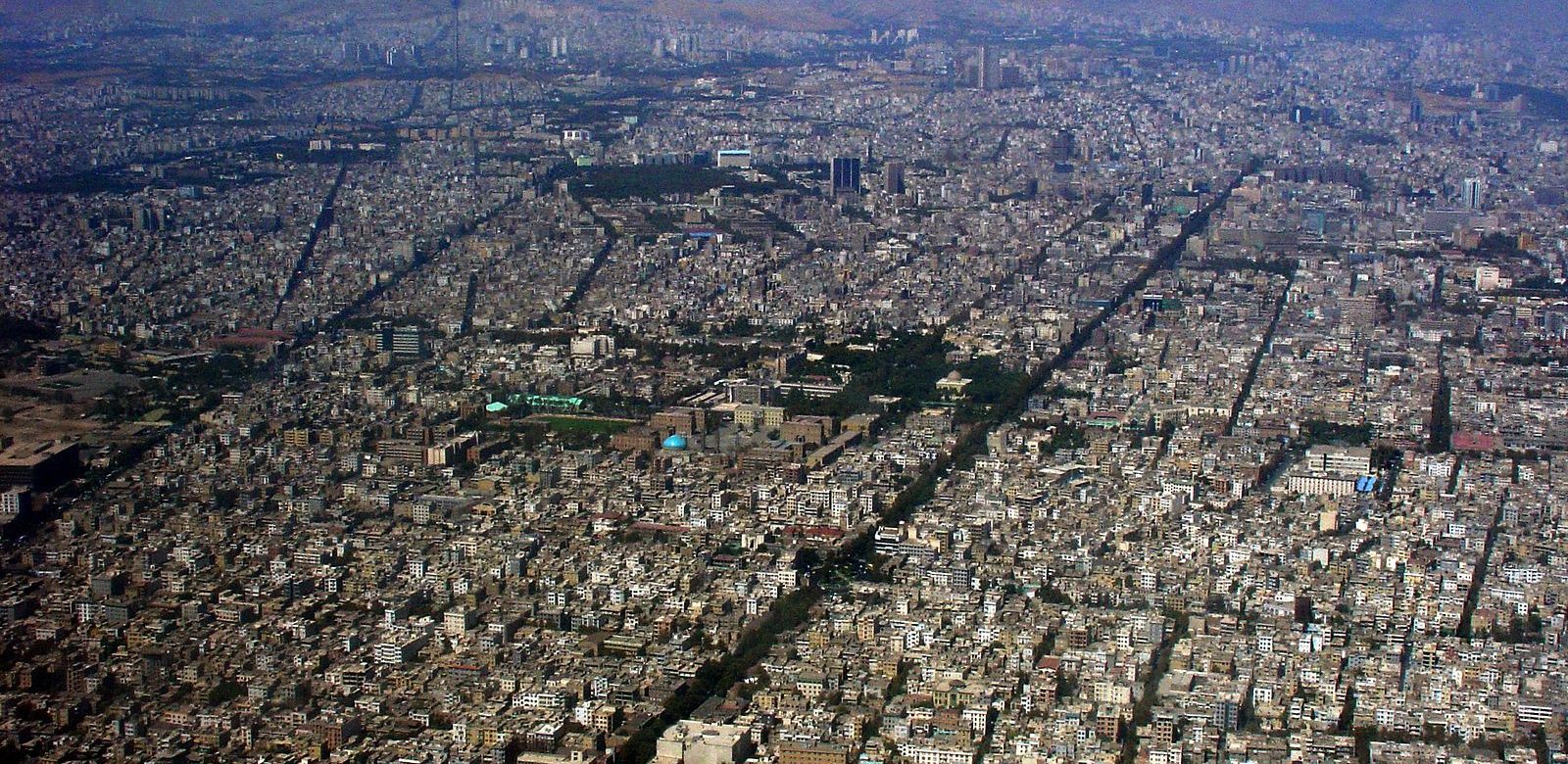







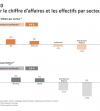

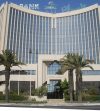


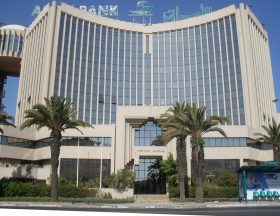
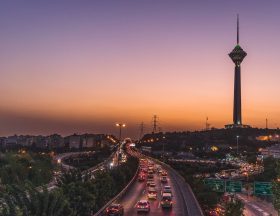

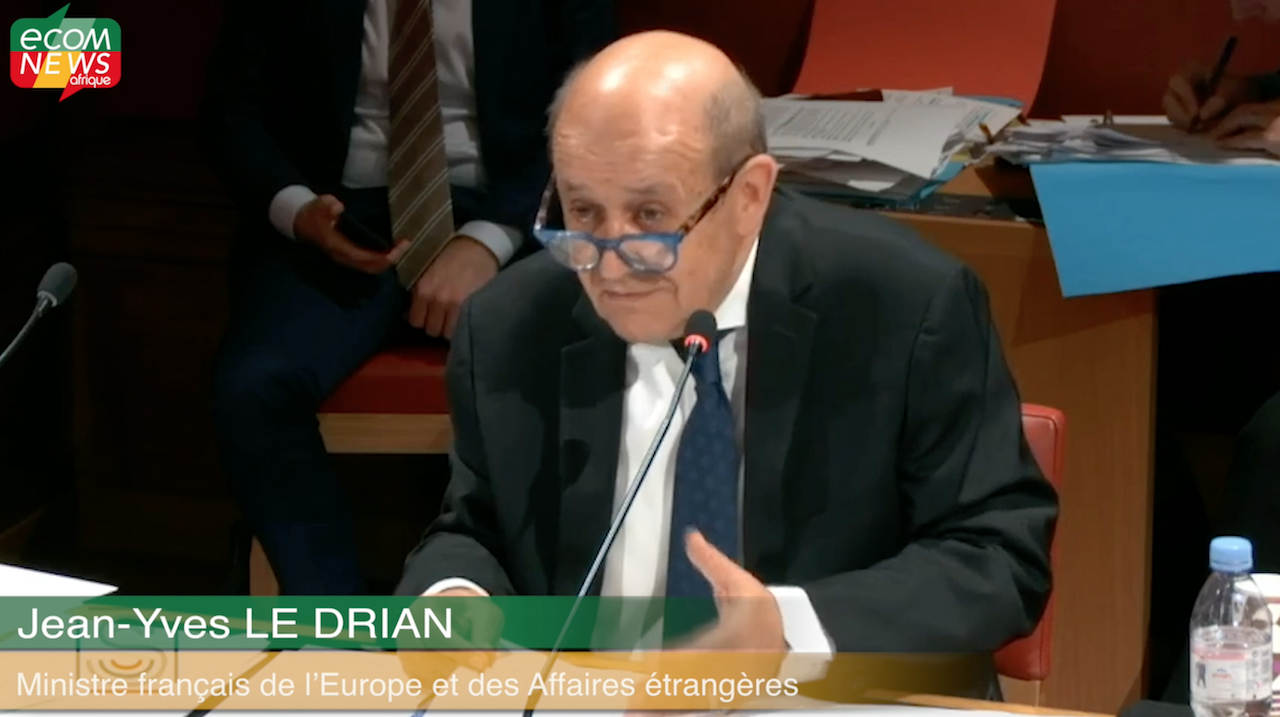
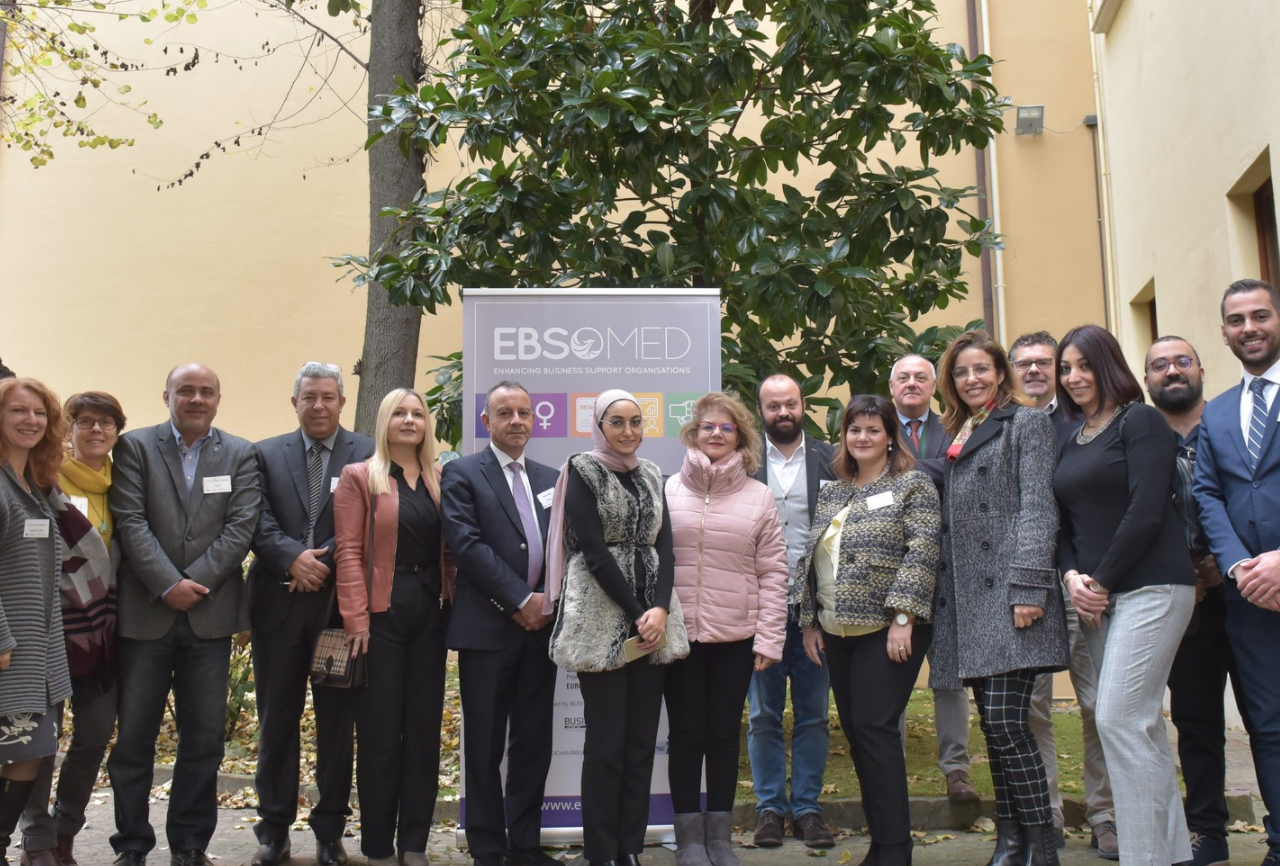
Réagissez à cet article